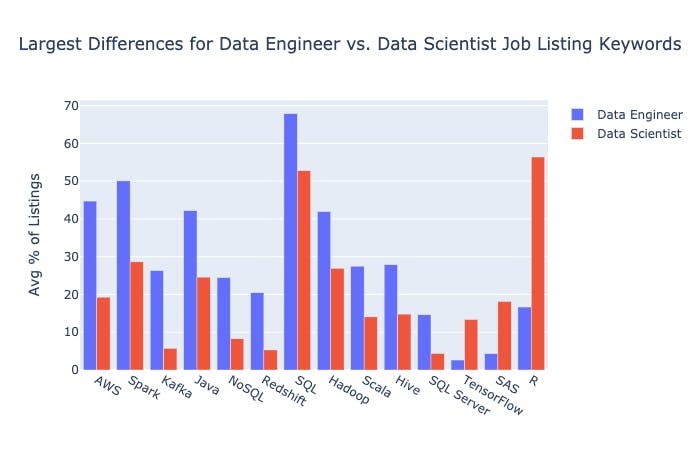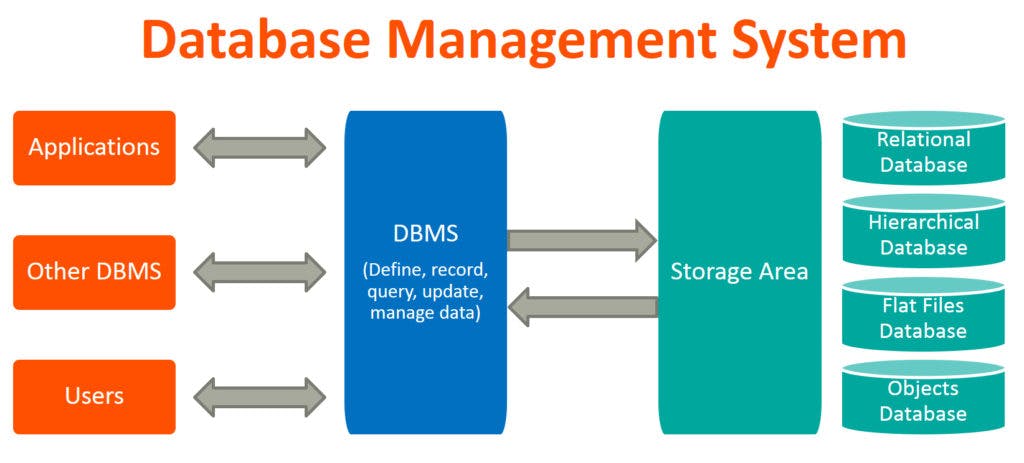If you want to start a career in data engineering, data science, data analysis. An understanding of SQL is a necessary skillset to have. As artificial intelligence is exponentially transforming the world, the need for data is also increasing. In the next 5years if you wish to be among the people who are creating impart in the area of artificial intelligence. Knowing how to work with data will become a necessary skill to have, in order not to be left behind This tutorial is divided into three sections.
- We would be introducing you to SQL (defining terms, understanding the history and explaining the basics)
- We would move on to learning basic SQL commands (create, select, insert), etc.
- The most interesting part, we would use the basic commands we have learnt to build a student management system
- We would show you a useful application of SQL in data science.
What is SQL?
SQL is a language used for relational databases to query data. SQL stands for Structured Query Language. It allows you to communicate with databases. Since its emergence in the 1970’s and 1980’s, it became the de facto language for relational databases. Before we move further let us understand some of the terms that will be used?
What is data? Data is a collection of unprocessed facts. This could include pictures, words, numbers, etc. Data has become the basis for businesses all over the world. From financial companies, to social apps, blockchain technology, health, military, etc. all use data in their day-to-day activities. It is, then, imperative that a ground-zero understanding of this structured model of storage and retrieval of data is of paramount importance. Big data being the anchor on which future technological development will be based.
What is a database? A database is a repository of data. It provides the functionality for adding, modifying, querying and accessing data. Different database store data in different forms. We have relational database, flat database, etc.
Database Management System
Database management refers to the processing and manipulating of data. They are the software's that interacts with applications, end users, and other databases. The DBMS helps an individual to store, access, retrieve data from a database. Database management is impossible without SQL. SQL will be a tool that has proven to be useful and will still be useful in the five decades. Amazon, Facebook and the big names all use SQL in their databases. Database security has also been made possible through SQL constraints. When mapping databases and applications, hundreds of SQL queries are used. So we can see that we can't mention Database management without SQL.
We would not be going into explaining the types of databases we have. That is an article for another time. But from the graph, for applications to communicate with the database, SQL queries are required. For the DBMS to retrieve information from the storage area, we use SQL. A number of databases use SQL. Some examples are: MySQL, PostgreSQL, MongoDB, MariaDB, Oracle, etc.
Brief History of SQL
I would strongly advise us to read the full article here The SQL programming language was first developed in the 1970s by IBM researchers Raymond Boyce and Donald Chamberlin. The programming language, known then as SEQUEL, was created following the publishing of Edgar Frank Todd's paper, "A Relational Model of Data for Large Shared Data Banks," in 1970. In his paper, Todd proposed that that all data in a database be represented in the form of relations. It was based on this theory that Boyce and Chamberlin came up with SQL. It wasn't until several years later, however, that the SQL language was made available publicly. In 1979, a company called Relational Software, which later became Oracle, commercially released its own version of the SQL language called Oracle V2. Since then, the American National Standards Institute (ANSI) and the International Standards Organization have deemed the SQL language the standard language in relational database communication..
If you want to start a career in any of the data fields (machine learning, deep learning, data science, data engineering, etc.), you must have a basic understanding of SQL. From statistics shown:
 This survey was gotten from towards data science
This survey was gotten from towards data science
If you want to excel in the area of big data, SQL is a skill you need to have. We will be going through the basics and finally building some projects with SQL. At the end of the series, links to some videos will be shared to further understand SQL.
